Situated in Eastern Himalayan Foothills the glory of the majestic mountains extends as a panoramic range overhanging like a specter in white. In this magical mystical abode resides the majestic one-horned rhino along with other equally rare and endangered species like the tiger, wild water buffalo, swamp deer, and wild elephant.
Although Kaziranga is a tiger reserve the center of attraction is the Indian rhino and receives conservation initiative benefits as well. Although a conservation unit the management under the guidance of NTCA facilitates tourism which is the major revenue generator for the reserve in India.


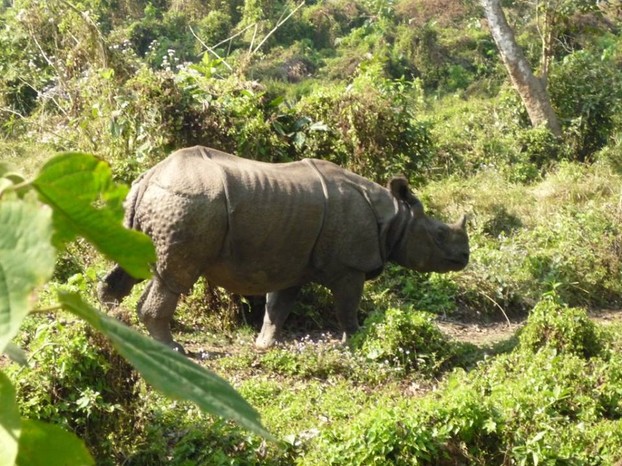
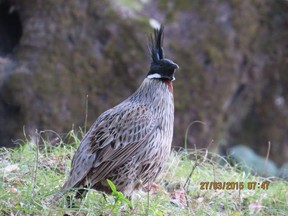 Kaziranga is a National Park and well recognized as a World Heritage Site. It is also recognized as an Important Bird Area by Birdlife International. The amazing biodiversity, rugged terrain, and picturesque Himalayan settings invite another species to its enchanted abode – humans. Though very much part of conservation and protection, humans arrive here in large numbers as holidaymakers, wildlife enthusiasts, photographers, and filmmakers. This lot is ever-present in the park whence it is open. Kaziranga is situated in Eastern Himalayan Foothills in the State of Assam in Karbi Anlgong, Golaghat, and Nagoan Districts. It is accessible from New Delhi via Guwahati by flight and then a four-hour drive to the park. The drive itself is scenic and many tourists have seen tigers and rhinos on the way.
Kaziranga is a National Park and well recognized as a World Heritage Site. It is also recognized as an Important Bird Area by Birdlife International. The amazing biodiversity, rugged terrain, and picturesque Himalayan settings invite another species to its enchanted abode – humans. Though very much part of conservation and protection, humans arrive here in large numbers as holidaymakers, wildlife enthusiasts, photographers, and filmmakers. This lot is ever-present in the park whence it is open. Kaziranga is situated in Eastern Himalayan Foothills in the State of Assam in Karbi Anlgong, Golaghat, and Nagoan Districts. It is accessible from New Delhi via Guwahati by flight and then a four-hour drive to the park. The drive itself is scenic and many tourists have seen tigers and rhinos on the way. 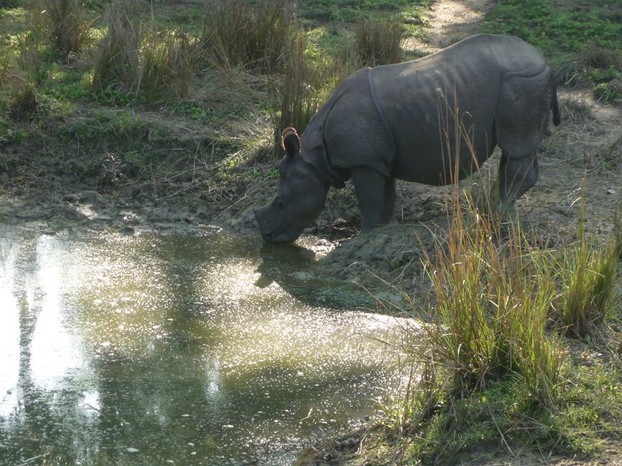
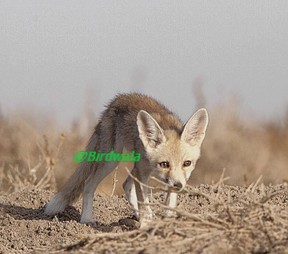 The park excursions are organized as rhino safari on open jeeps and elephant back. These are the best means to see the numerous wild denizens of the park including the tiger and the rhino. The tall grasslands full of elephant grass and the marshes are ideal for sighting wildlife. The water buffalo and swamp deer prefer marshes and wetland habitats.
The park excursions are organized as rhino safari on open jeeps and elephant back. These are the best means to see the numerous wild denizens of the park including the tiger and the rhino. The tall grasslands full of elephant grass and the marshes are ideal for sighting wildlife. The water buffalo and swamp deer prefer marshes and wetland habitats.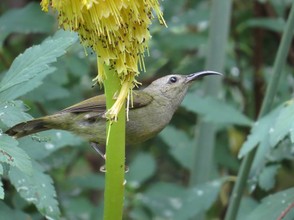
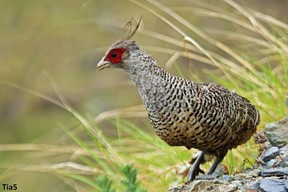 The avian species here are as striking as the mammals and one can observe a wide variety of families in the park. The destination is home to residents and winter migrants and a good birding trip will lead to fabulous sightings. Some of the interesting species seen here are the greater adjutant stork, ferruginous duck, lesser white-fronted goose, Baer’s pochard, Eastern imperial eagle, black-necked stork, white-bellied heron, Nordmann’s greenshank, lesser kestrel, pelicans, lesser wreathed hornbill, marsh babbler, Finn’s weaver, Hodgson’s bush chat, Jerdon’s babbler and many more.
The avian species here are as striking as the mammals and one can observe a wide variety of families in the park. The destination is home to residents and winter migrants and a good birding trip will lead to fabulous sightings. Some of the interesting species seen here are the greater adjutant stork, ferruginous duck, lesser white-fronted goose, Baer’s pochard, Eastern imperial eagle, black-necked stork, white-bellied heron, Nordmann’s greenshank, lesser kestrel, pelicans, lesser wreathed hornbill, marsh babbler, Finn’s weaver, Hodgson’s bush chat, Jerdon’s babbler and many more. 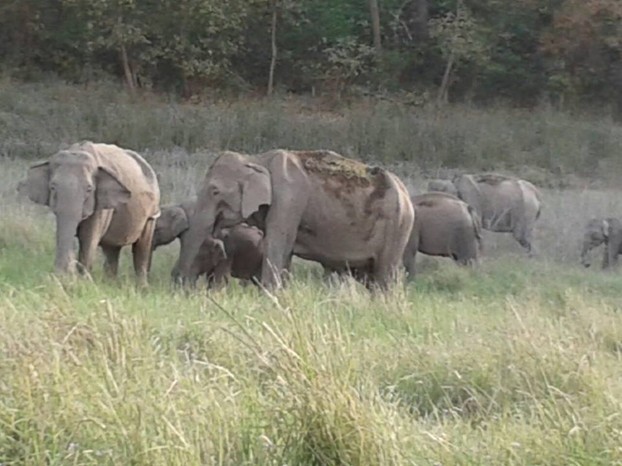
 The unique wildlife makes the reserve a much-desired destination for a safari holiday. There are organized
The unique wildlife makes the reserve a much-desired destination for a safari holiday. There are organized 

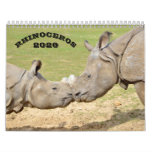
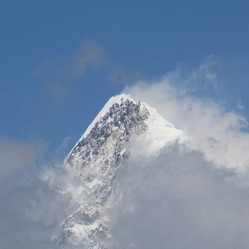

 Full Day Safari in Bandhavgarhon 08/29/2023
Full Day Safari in Bandhavgarhon 08/29/2023
 SEO Campaign: Website Overhaulon 02/13/2023
SEO Campaign: Website Overhaulon 02/13/2023
 Indian Food It Is Not All Curryon 02/08/2023
Indian Food It Is Not All Curryon 02/08/2023
 How Tiger Tourism is Organized in India?on 02/07/2023
How Tiger Tourism is Organized in India?on 02/07/2023
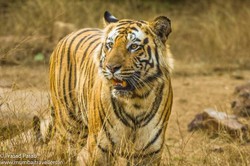
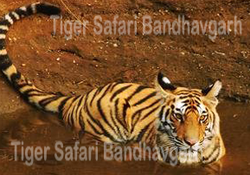
Comments
Elephant back is banned in most of the places and I think it is conducted in the outer areas at Kaziranga. Jeep safaris are more preferred since elephant rides stress out the animal. Thanks.
pateluday, Thank you for the pictures, practicalities and products.
Do you know whether elephant-back and open-jeep tours do equally well or if one is favored over the other?